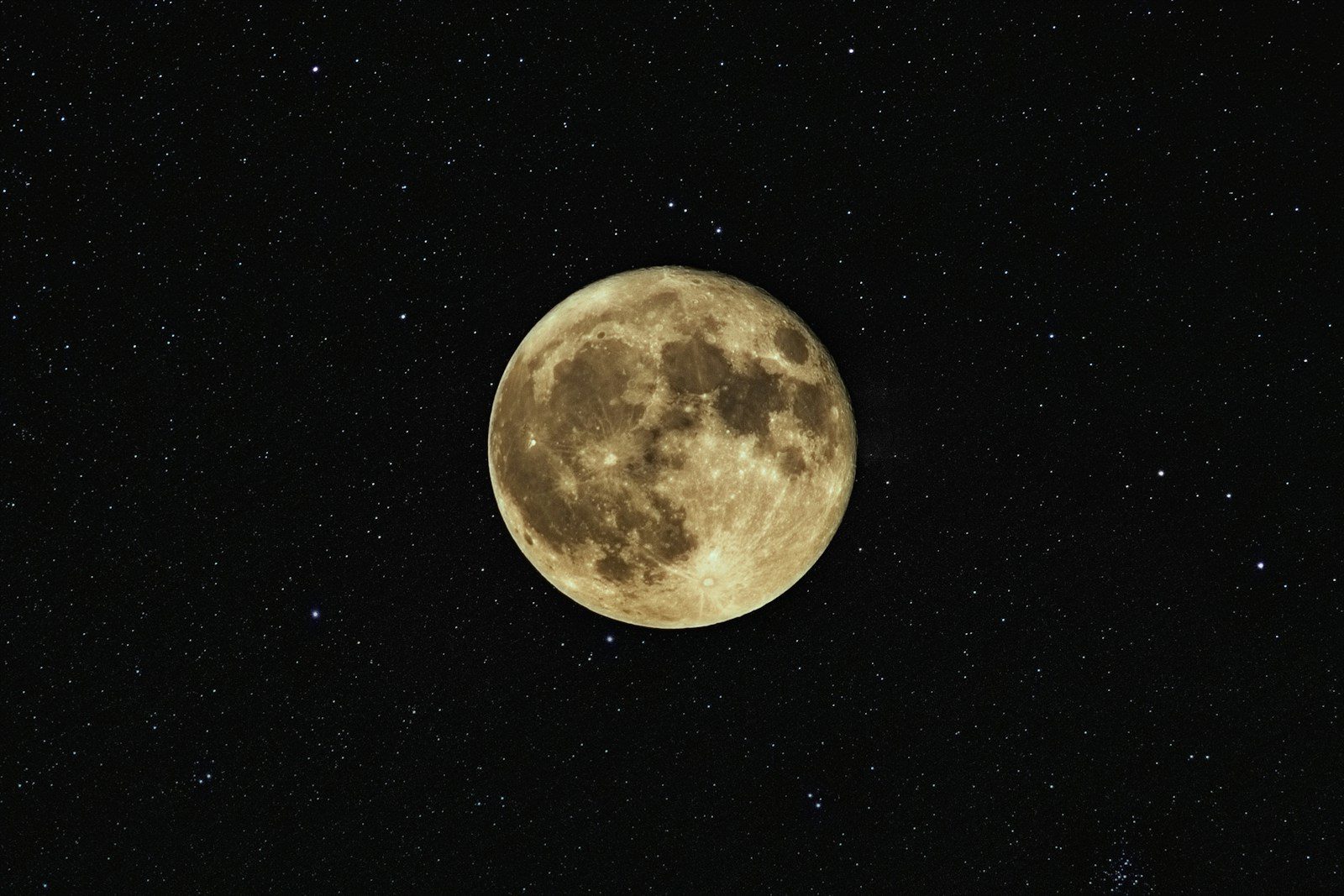There’s a peculiar irony in trying to create something—a painting, a story, a solution to a problem—when you’re overwhelmed. The very act of creating demands focus and flow, but overwhelm clutters your mind and stalls your momentum. It’s like trying to run with your shoelaces tied together.
But here’s the thing: creating isn’t just something we want to do; it’s often something we need to do. It’s how we process emotions, make sense of chaos, and bring something meaningful into the world. If you’re feeling overwhelmed, here’s how to take a deep breath, quiet the noise, and get back to creating.
1. Acknowledge the Overwhelm Without Judgment
The first step to creating when you’re overwhelmed is to admit how you’re feeling. Suppressing or ignoring it only adds to the mental clutter.
Say it out loud or write it down: “I feel overwhelmed right now because…” Be specific—what’s pulling at your attention? What feels unmanageable?
Naming the overwhelm helps you externalize it, making it feel less like an intangible storm and more like something you can address.
2. Start Small—Really Small
When overwhelm takes over, the idea of tackling a big creative project can feel impossible. Instead of focusing on the end result, focus on the smallest possible step.
- If you’re writing, jot down a single sentence or brainstorm a few words.
- If you’re painting, prepare your materials or make one brushstroke.
- If you’re solving a problem, write down what you know, even if it’s messy.
Small actions lower the barrier to entry, making it easier to start. Once you begin, you’ll often find that momentum follows.
3. Create a Safe, Distraction-Free Zone
Overwhelm often thrives in chaotic environments. To counteract it, carve out a space—physically or mentally—where you can focus on your creativity.
- Clear your desk or workspace of unnecessary clutter.
- Silence your phone and turn off notifications.
- If your environment is noisy, use headphones with calming music or white noise.
Creating a dedicated space signals to your brain that it’s time to focus, even if just for a few minutes.
4. Set a Timer and Limit Your Session
When you’re overwhelmed, it’s tempting to think, I have to finish everything right now. That mindset only adds pressure. Instead, give yourself permission to work in short, manageable bursts.
Set a timer for 10, 15, or 20 minutes. Tell yourself, I’ll create for this amount of time, and then I can stop if I need to.
Sometimes, knowing there’s an endpoint makes it easier to start. And more often than not, you’ll find yourself wanting to keep going once the timer ends.
5. Focus on the Process, Not the Outcome
Overwhelm loves to feed on perfectionism. You might think, This needs to be good, or What if I fail? But creativity isn’t about the final product—it’s about the act of creating itself.
Give yourself permission to create something imperfect, messy, or even terrible. The goal isn’t to finish a masterpiece—it’s to show up and engage with the process.
6. Use Creativity as an Escape, Not Another Obligation
When you’re overwhelmed, creative work can start to feel like just another item on your to-do list. But creativity can also be an escape—a way to disconnect from stress and reconnect with yourself.
Approach your work with curiosity and playfulness. Let it be a space where the stakes are low and the joy is high. Even doodling, journaling, or making something silly can ease the tension and help you rediscover your flow.
7. Simplify Your Tools and Materials
Sometimes, overwhelm stems from having too many options or tools. If your project feels daunting, strip it down to the basics.
- Writing? Use a pen and notebook or a blank document—no fancy apps or formatting.
- Painting? Stick to one or two colors.
- Designing? Focus on one small element instead of the whole picture.
Simplifying your tools removes decision fatigue and allows you to focus on the act of creating.
8. Seek Inspiration Without Comparison
When you’re overwhelmed, it can help to find inspiration—but be careful not to compare yourself to others.
Instead of scrolling through polished social media feeds, look for sources that energize you without adding pressure. Read a book, take a walk in nature, listen to music, or explore art in a medium different from your own. Let these experiences refill your creative well.
9. Celebrate Progress, No Matter How Small
Every step you take toward creating—no matter how small—is worth celebrating. Finished a rough sketch? Wrote a single paragraph? Solved part of the problem? Acknowledge it.
Progress isn’t always about big leaps. It’s about showing up consistently, even when it’s hard.
The Takeaway: Creativity Is a Light in the Chaos
When you’re feeling overwhelmed, creating might feel impossible—but it’s also one of the best ways to find clarity and peace. Start small, embrace imperfection, and focus on the process instead of the outcome.
Every time you create, you’re proving to yourself that you can move through the overwhelm. And each small step you take brings you closer to not just completing the work, but finding joy and meaning in the act of creation itself.
Related Posts





